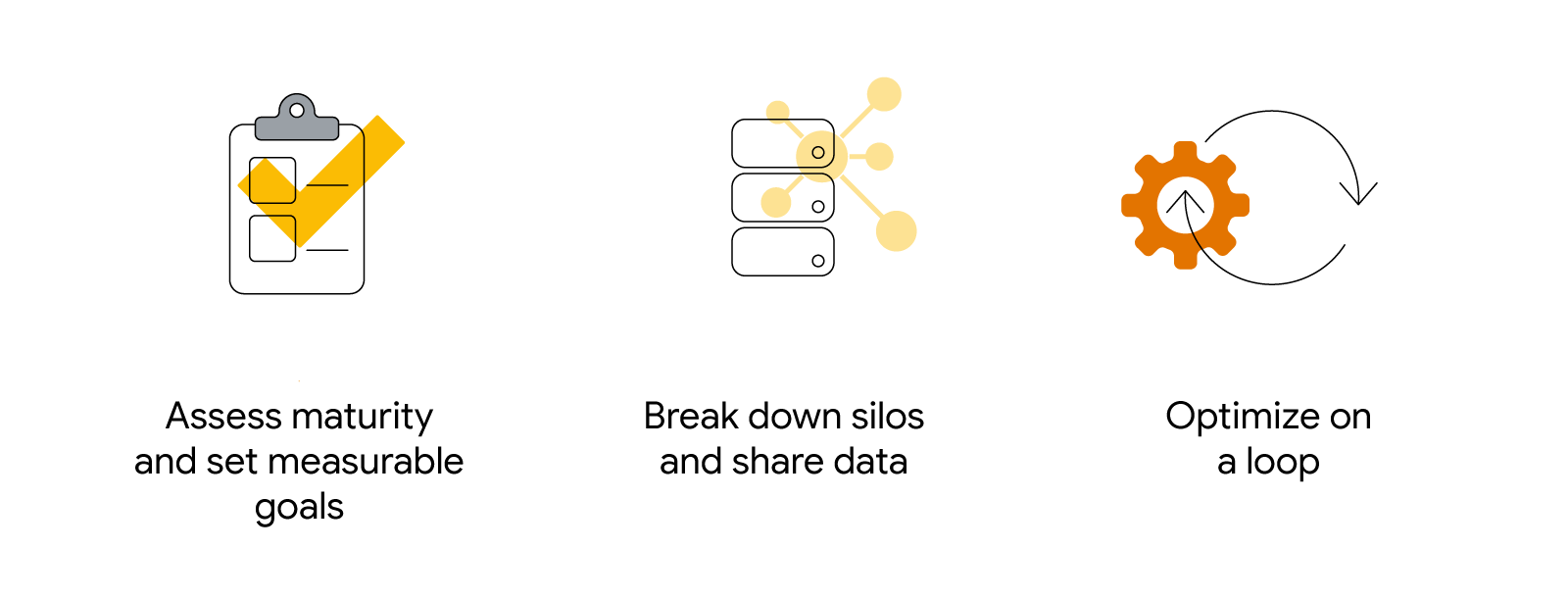Louise Hill, co-founder of gohenry, talks to us about why she believes the future of financial literacy is in the hands of how brands support and engage with young people today.
For me, financial literacy is simply being good with money—and we all know that the habits we learn when we’re young tend to stick with us.
Another foundational financial literacy belief is that the best way to learn most things is by doing, especially when it comes to good money management.
As co-founder of a business that helps young people to engage directly with their money, I’m always conscious that what we’re doing is creating the financially fit adults of the future. This is our responsibility as a brand working in this space.
We’re working to lead the way, but there’s plenty of opportunity for other brands to support the goal of creating financially fit adults … and we hope they will!
Here are my top tips on shaping financially fit adults:
Start early
With the experts at Cambridge University confirming our view that money management habits start early—it’s age seven, apparently—we have to help children and young people be excited about money management.
Money habits that are started early will shape longer-term behaviours, meaning what today’s young people learn now will inform their relationship with money in later life. We want to help them emerge as money confident adults.
Get involved
The job of teaching money to young people seems to get slightly passed around. Is it the job of schools alongside the whole curriculum they have to cover? Is it society at large? Is it brands? Is it parents? Is it older siblings?
The truth is: it will probably take a little bit of everybody coming together and putting in a concerted effort.
Not every child is fortunate enough to live in a home where they will be taught essential money skills. Nowadays, fintech is able to step in to help bridge the gap. It’s an abstract concept that has a big impact on everyday life, and technology is helping us to break it down.
We can and have created safe environments where young people can use money in the digital world and experience money in the way they will as adults: e.g. shopping online, using contactless, managing budgets, setting savings goals, and donating to charity.
It is also an opportunity for financial services brands and educators to collaborate and think differently—about the message, as well as how to get it to the right people.
Money maturity
Today’s young people definitely seem more mature and this translates directly into their money behaviours. We can see the mature and sensible decisions that they are making everyday.
They are saving, checking their balances, and—crucially—spending accordingly. Our Youth Economy report shows that Gen Z save three times more than the UK household savings average, and that this has also increased during the recent lockdown.
Rewarding and acknowledging these behaviours will help to embed them for the longer term and ensure they shine through when the bigger financial decisions have to be made in the future.
Conscious money
Not only are Gen Z mature with their money but they are environmentally and socially conscious too. There is a big demand from them to be able to make decisions that are socially good.
Brands need to respond to this. Earlier this year, we at gohenry launched our Eco Card—a prepaid Visa debit card made from field corn rather than fuel—to help in the fight against plastic pollution. It’s already one of our most popular cards.
Alongside this is a growing positive attitude around giving. Our Giving feature on gohenry—which enables children to make automatic micro donations from their pocket money to our charity partner, the NSPCC—has seen our young users donate over £100,000 to the charity since our partnership began in 2018.
This decision-making about how and why they should donate is happening alongside managing their everyday money needs—again, helping to create consumers who are not only conscious of their own money but of how money impacts the world around them.
Digitally-native money
The generation we’re working with have grown up as digital natives, and this translates into their experiences with money too. Only 14% of the money gohenry users have access to is taken out as cash at ATMs, which gives us a strong indication of where society is heading.
Gen-Z will be our first cashless generation—a title which has only been emphasised by the COVID-19 pandemic. In addition to this, they are used to having information on demand and expect this when it comes to knowing the latest on their spending, balance and money health too.
Our instant information alerts help them to make informed decisions: this investment in good decision making and education is an area where we will see a palpable difference between the brands who will make an impact and those who will struggle.

Today’s young people are saving and checking their balances. The gohenry app helps track saving goals
Technology translates
I believe strongly that technology is an enabler of financial literacy and that the work of fintechs in this space will continue to create positivechange. The ultimate aim is that this leads to more financially-literate, independent and money-positive people. Technology translates the concepts and habits needed to become ‘good’ with money by using visuals, games and behavioural nudges.It brings opportunities to manage money in a way no generation has had before and has opened up these opportunities to more people than ever before.As this change continues to evolve and quickens in pace I see that there are two clear options for brands: stand up and be involved in creating their future consumer—or fall behind.
gohenry is a prepaid Visa debit card and app for kids aged 6-18 years old. With over one million global customers, they are on a mission to make every kid good with money and are firm believers that the best way of doing this is by empowering young people to learn by doing in a safe environment.
















